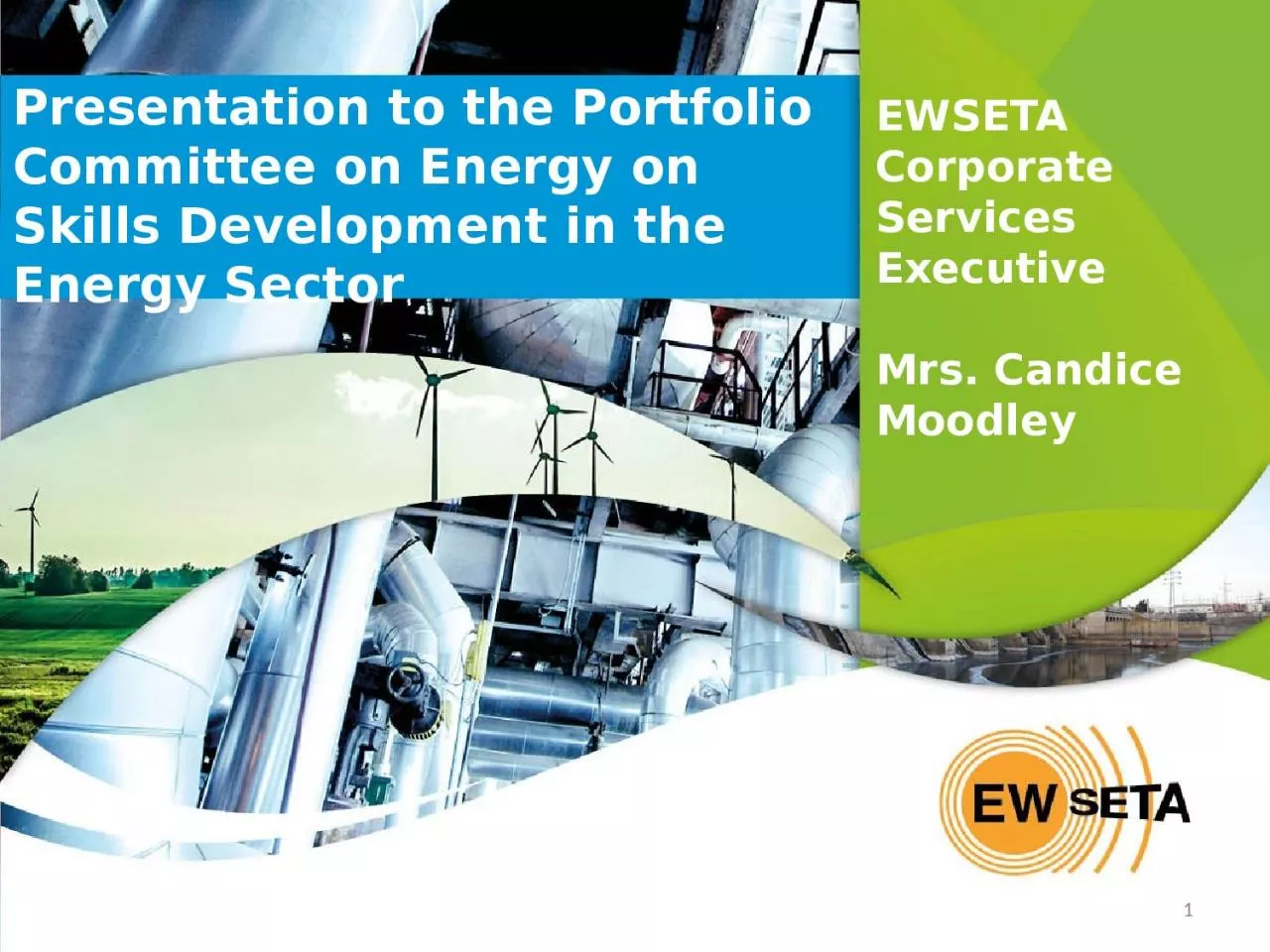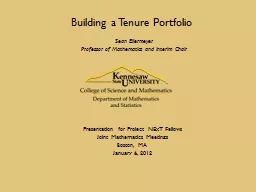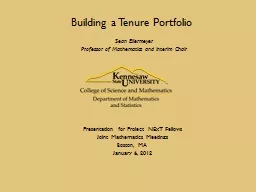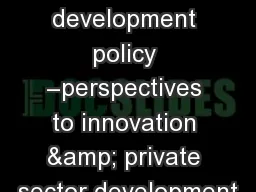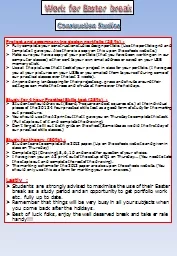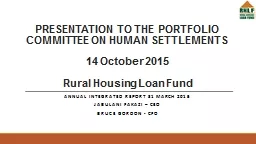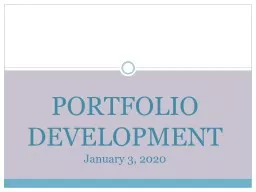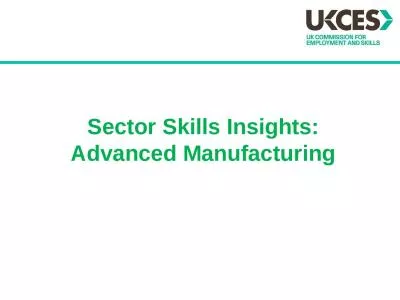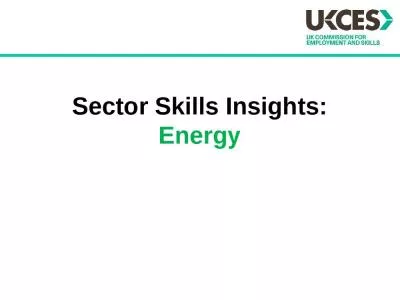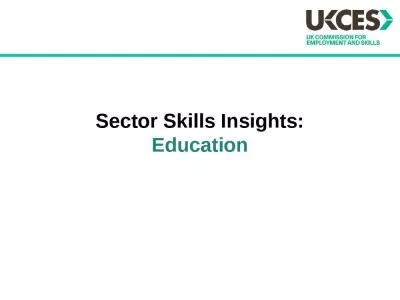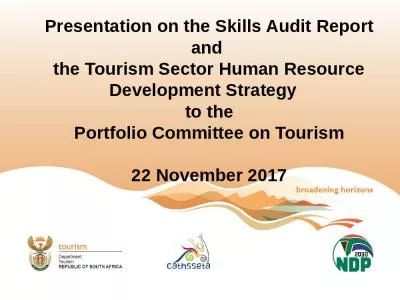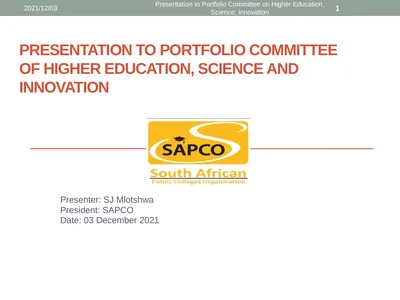PPT-Presentation to the Portfolio Committee on Energy on Skills Development in the Energy
Author : emma | Published Date : 2023-07-18
EWSETA Corporate Services Executive Mrs Candice Moodley 1 Introduction An overview of the EWSETA A discussion on the sector and skills area it covers including
Presentation Embed Code
Download Presentation
Download Presentation The PPT/PDF document "Presentation to the Portfolio Committee ..." is the property of its rightful owner. Permission is granted to download and print the materials on this website for personal, non-commercial use only, and to display it on your personal computer provided you do not modify the materials and that you retain all copyright notices contained in the materials. By downloading content from our website, you accept the terms of this agreement.
Presentation to the Portfolio Committee on Energy on Skills Development in the Energy: Transcript
Download Rules Of Document
"Presentation to the Portfolio Committee on Energy on Skills Development in the Energy"The content belongs to its owner. You may download and print it for personal use, without modification, and keep all copyright notices. By downloading, you agree to these terms.
Related Documents

